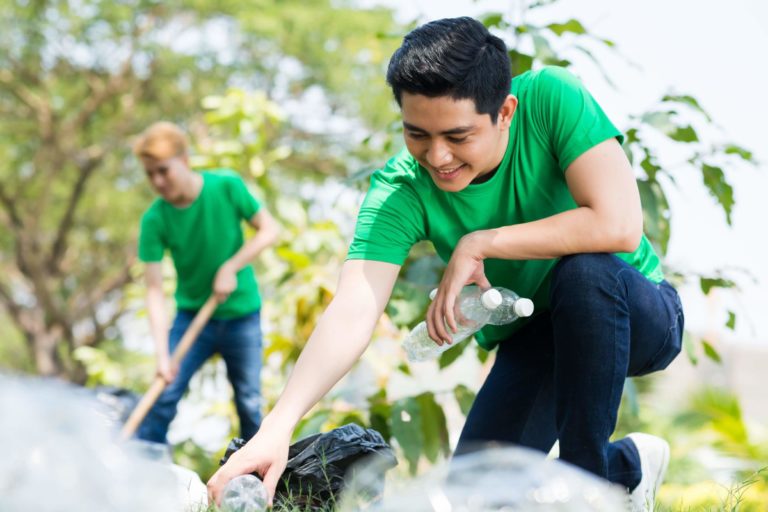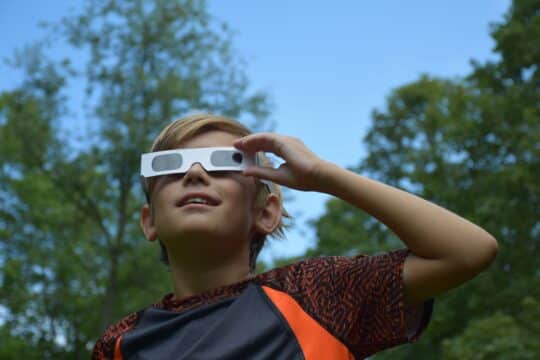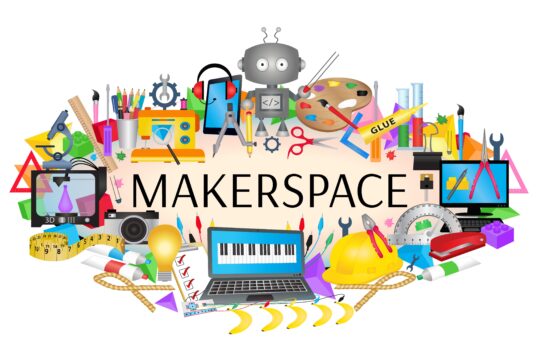The purpose of schools is to produce contributing community members. In order to best prepare for the future, schools need to model and help students understand the impact each of us have on the world. This includes teaching sustainability in schools and helping students understand the importance and purpose of environmentally friendly practices. This helps students be informed about making decisions that can maintain and improve the world that we live in.
What is Environmental Education and Why is it Important?
The EPA defines environmental education as “a process that allows individuals to explore environmental issues, engage in problem solving, and take action to improve the environment. As a result, individuals develop a deeper understanding of environmental issues and the skills to make informed and responsible decisions.”
With the amount of information available to students, it is important to have the skills to comprehend the information and apply it to the world around you. Education should be focusing on students using the information rather than just absorbing it. The strength of environmental education is that it allows the learning process to thrive with real world issues. Environmental education allows students to think critically about what they are learning and make informed choices about how to proceed.
In addition to the benefit of the learning process, our physical world is ever-changing. There is a multitude of options in regards to consumption of products and protection, so knowing more about how items are made or that the decisions we make influence a global society has become more important. With the facts continuing to come in about climate change, schools need to teach students that each choice has a benefit or a consequence. This type of problem solving is important not just for global change but can be extrapolated into many areas of an individual’s life.
As schools focus upon helping students be college and career ready, environmental studies is a career field that continues to be rewarding, necessary and in high demand. Therefore, the ability to gather facts, analyze the information, and make informed choices weighing pros and cons is essential to all learning and part of environmental education with many possibilities extending through students’ lives.
Ways to Bring Sustainability into Your School
With the knowledge that there are environmentally friendly habits that enhance our world, schools are able to do a variety of things that help establish this in students’ lives. Choosing to engage in sustainability projects helps students see the global impact of their actions. Moreover, students begin to establish habits that will continue throughout their lifetime. Some possible sustainability project ideas to bring into your schools are:
- Recycling – Most areas have recycling programs. This is an easy, clear way to help instill useful habits that have a positive impact on the community. The keys to a successful recycling program are:
- Make sure that people know what to recycle. Be open with what can be recycled and publicize to inform the community.
- Many recycling containers. The containers should be prominent and clear for the school and for the classrooms.
- Student involvement. If students partake in publicizing and/or following through, the program is more likely to prosper. This is particularly effective with younger students who want to help.
- Reduce food waste – There are many programs that help schools assist with food waste. Some schools are able to establish a composting program where the compost can be applied to school gardens, community lots, and more. Also, there are some companies that will collect food This can be done with the food preparation side of the cafeteria programs in addition to students’ lunches.
- Choice of literature promoting green practices – There are a number of titles and authors that promote taking care of the environment and environmental themes. A simple google search gives lots of examples.
- Smart development – Depending on the physical layout of your schools, there may be opportunities to make choices that enhance our environment. Some ideas can include:
- Planting a garden to develop food or bring in certain wild life
- Using eco-friendly playground equipment
- Maintaining green spaces for students to have more space for outdoor play
- Use of natural materials such as rocks within outdoor performance areas
- Physical plant – With the environmentally-friendly products being produced, there are programs available to help schools become greener. This includes energy efficient lights and water fountains that can serve as bottle filling stations. While there may be an initial financial cost, many of these items save money in the long term.
- Emphasizing re-use – Schools can hold events that help people give away items their children may have outgrown by repurposing them for younger children. For example, a book fair can be held where students donate books they have outgrown and younger students can take them home. This keeps the books out of the landfills and into readers’ hands.
While these efforts immediately promote a sustainable, environmentally beneficial atmosphere, they also promote healthy, lifelong habits. The basic tenant of environmental education is to present students with the opportunity to think critically about the choices they make to encourage a green world.




